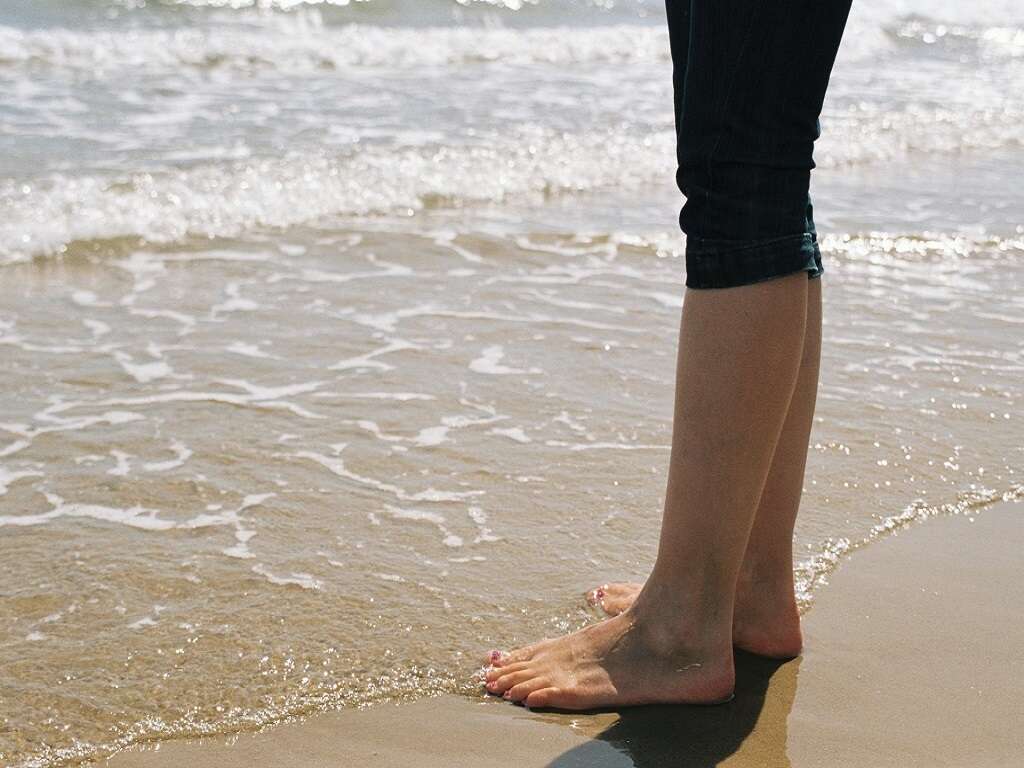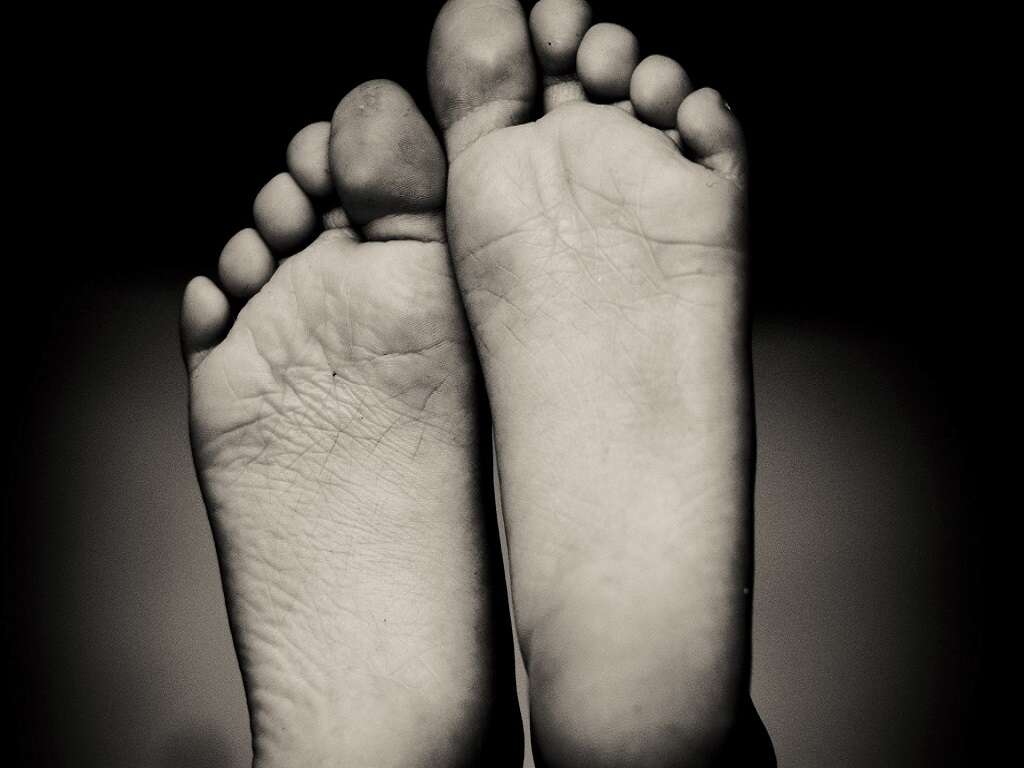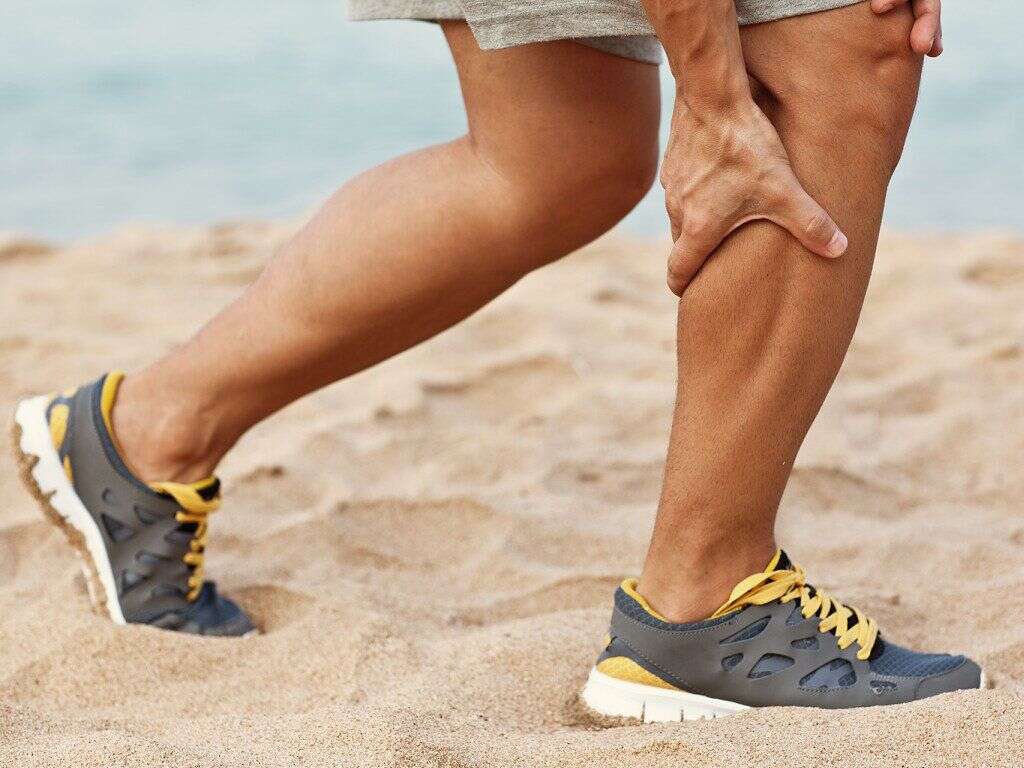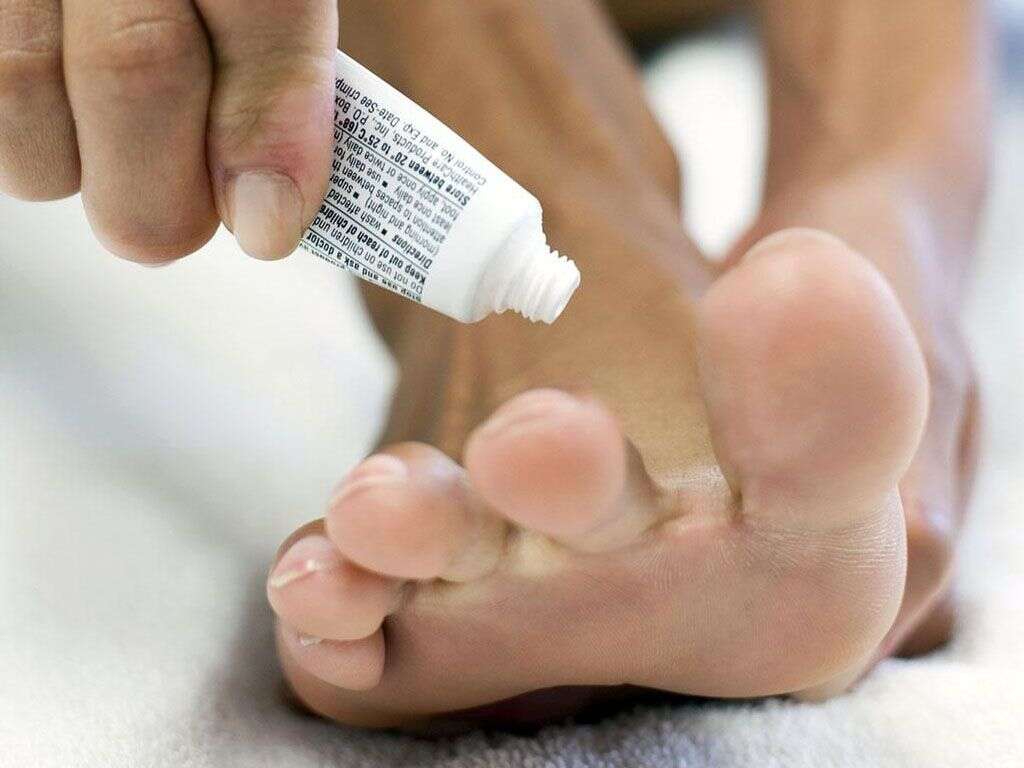10 Heel Spur Symptoms
 Article Sources
Article Sources
- 1. 'Everything You Need to Know About Heel Spurs.' Healthline. 08 June 2017, healthline.com/health/heel-spurs
- 2. 'Plantar Fasciitis and Bone Spurs.' Ortho Info. American Academy of Orthopedic Surgeons. June 2010, orthoinfo.aaos.org/en/diseases—conditions/plantar-fasciitis-and-bone-spurs
- 3. 'Heel Spurs: Do They Always Cause Pain.' Mayo Clinic. 16 August 2019, mayoclinic.org/diseases-conditions/bone-spurs/expert-answers/heel-spurs/faq-20057821
- 4. 'How Walking Can Make Plantar Fasciitis Worse.' RNV Podiatry. 19 June 2019, rnvpodiatry.com/how-walking-makes-plantar-fasciitis-worse/
- 5. 'Bone Spurs (Osteophytes).' Cleveland Clinic. 16 November 2019, my.clevelandclinic.org/health/diseases/10395-bone-spurs-osteophytes
Heel spurs stem from calcium deposits that cause a small spot on the underside of your foot or heel bone to protrude.1‘Everything You Need to Know About Heel Spurs.’ Healthline. 08 June 2017, healthline.com/health/heel-spurs They usually occur along with plantar fasciitis — an issue that arises when tissue on the underside of your foot swells, often resulting in pain.
In fact, heel spurs co-occur with plantar fasciitis in 50 percent or more of patients who have a bone spur. If you notice pain or any of the other symptoms mentioned below, you should see a doctor to see if you have bone spurs.
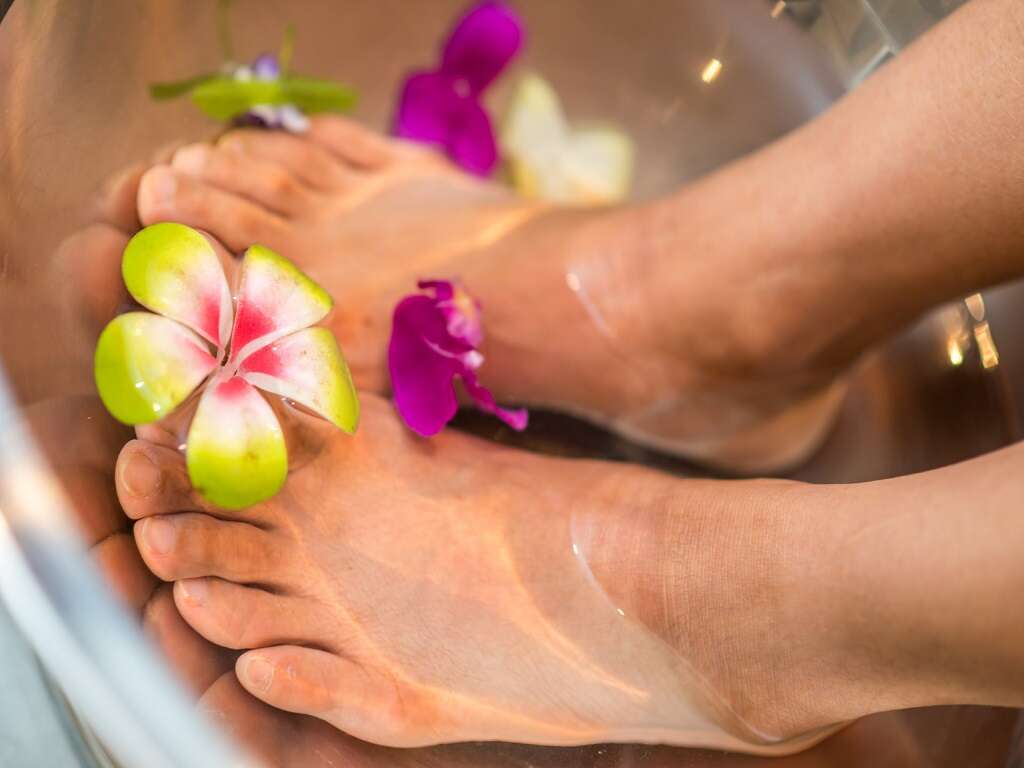
1. Foot Pain
Pain can occur from heel spurs, although it’s uncommon. Pain may happen as a result of plantar fasciitis.2‘Plantar Fasciitis and Bone Spurs.’ Ortho Info. American Academy of Orthopedic Surgeons. June 2010, orthoinfo.aaos.org/en/diseases—conditions/plantar-fasciitis-and-bone-spurs,3‘Heel Spurs: Do They Always Cause Pain.’ Mayo Clinic. 16 August 2019, mayoclinic.org/diseases-conditions/bone-spurs/expert-answers/heel-spurs/faq-20057821 The calcium deposit could cause strain and irritate the muscles and other soft tissue. The heel spur can then stretch the plantar fascia and ultimately result in plantar fasciitis. Typically, the pain from this condition is usually worse in the morning and after activities that involve your foot.
Secondly, heel spurs located near your heel could irritate your Achilles tendon, resulting in pain. Specifically, it could lead to Achilles tendinitis — a condition that occurs from swelling in your Achilles tendon and causes you pain.

2. Decreased Range of Motion in Ankle
A decreased range of motion doesn’t stem from a heel spur itself. Instead, this heel spur symptom arises from Achilles tendinitis. This condition develops over time. Therefore, you won’t notice a change in the flexibility in your ankle at first.
However, as Achilles tendinitis worsens, it can start to affect the range of motion in your ankle. Age often plays a role in the worsening of Achilles tendinitis and can also reduce your ankle’s range of motion.

3. Noticeable Bump
A heel spur can cause a bump. When it’s smaller, you may not notice the protrusion. Over time, though, it tends to enlarge.
Generally, the bump is on the underside of your heel bone and may vary in terms of size. You may visibly see a bump in the area. On the other hand, you can sometimes feel a small lump when you rub those particular areas of your foot.
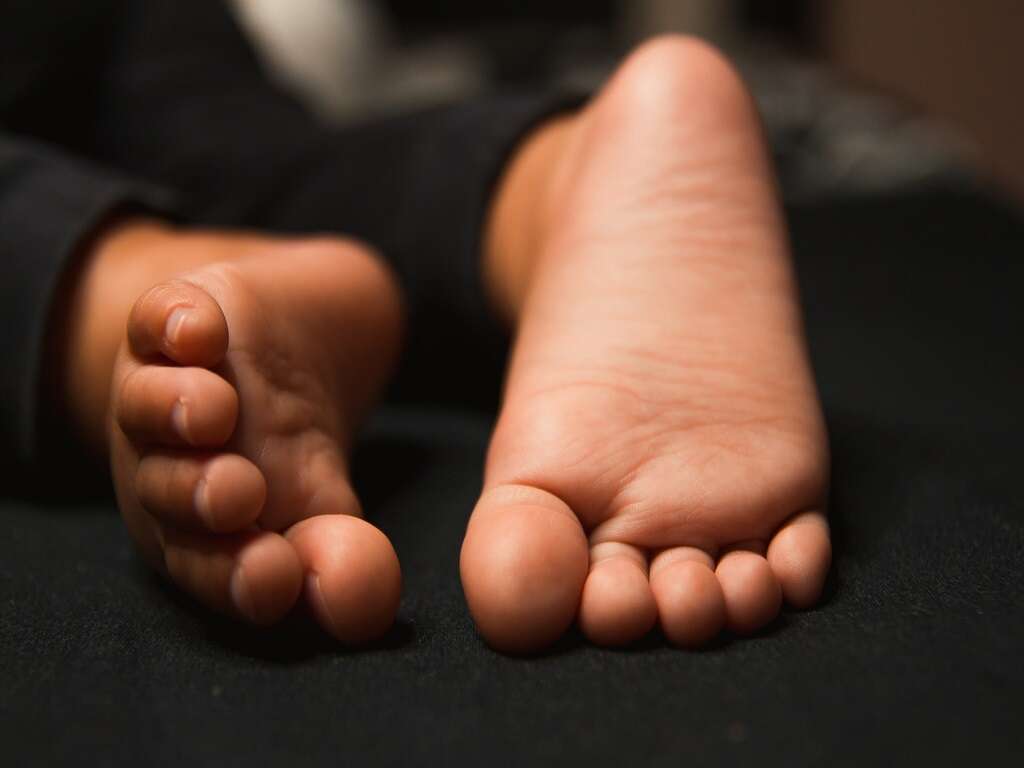
4. Swelling
You could suffer from swelling around the location of the bone spur due to a trauma to the foot with the bone spur. Swelling is part of your body’s natural healing process of an injury.
This heel spur symptom stems from white blood cells and fluid moving to the site of an injury. This process promotes healing. The swelling caused by the injury, however, can be counterproductive, and it can lead to an increase in pain if it places pressure on the nerves.
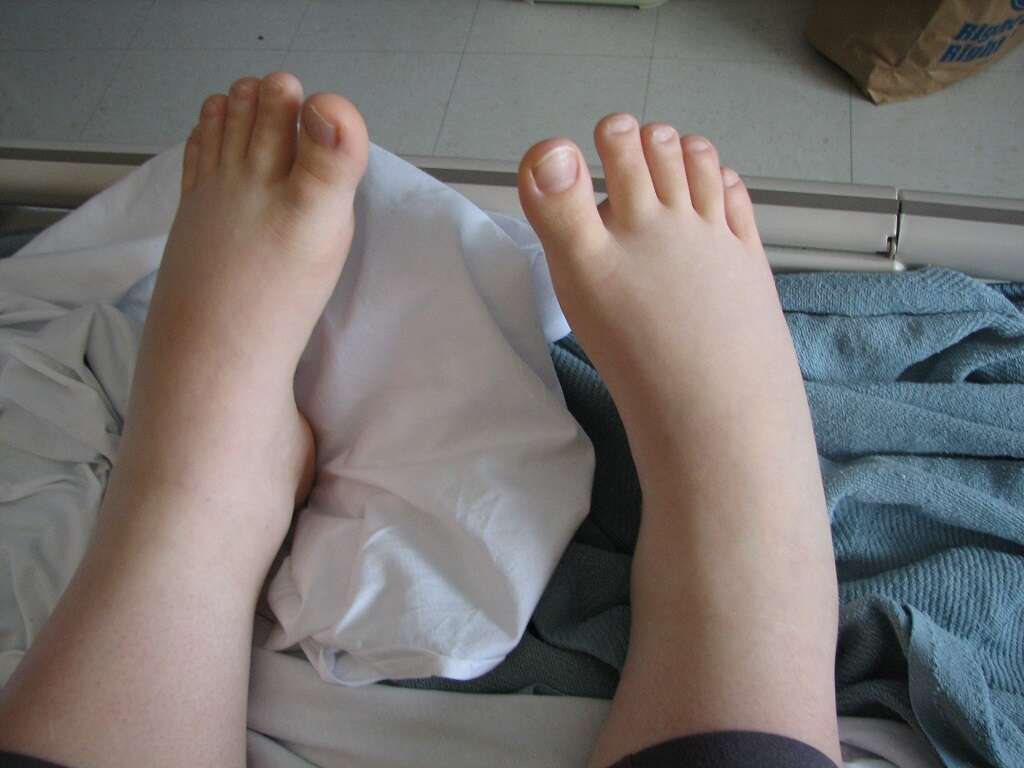
5. Inflammation
Inflammation causes swelling, even though you may hear these words used interchangeably. Inflammation is specifically referring to the immune response of your body after an injury. When the bone spur irritates the nearby soft tissue or nerves, it triggers your body to release certain chemicals that initiate your immune system to respond.
During the immune response, your body sends white blood cells to the area. Local blood flow may increase to aid the healing process.

6. Heat Radiating from the Area
Heat near the area is another symptom that’ll arise due to your body’s immune response. Specifically, you might feel the location of the bone spur and notice that it feels hot to the touch.
This symptom is part of inflammation. In particular, it comes from the increased blood flow to the area that delivers oxygen and certain white blood cells for healing. This heat is from your body fighting to heal the injury.
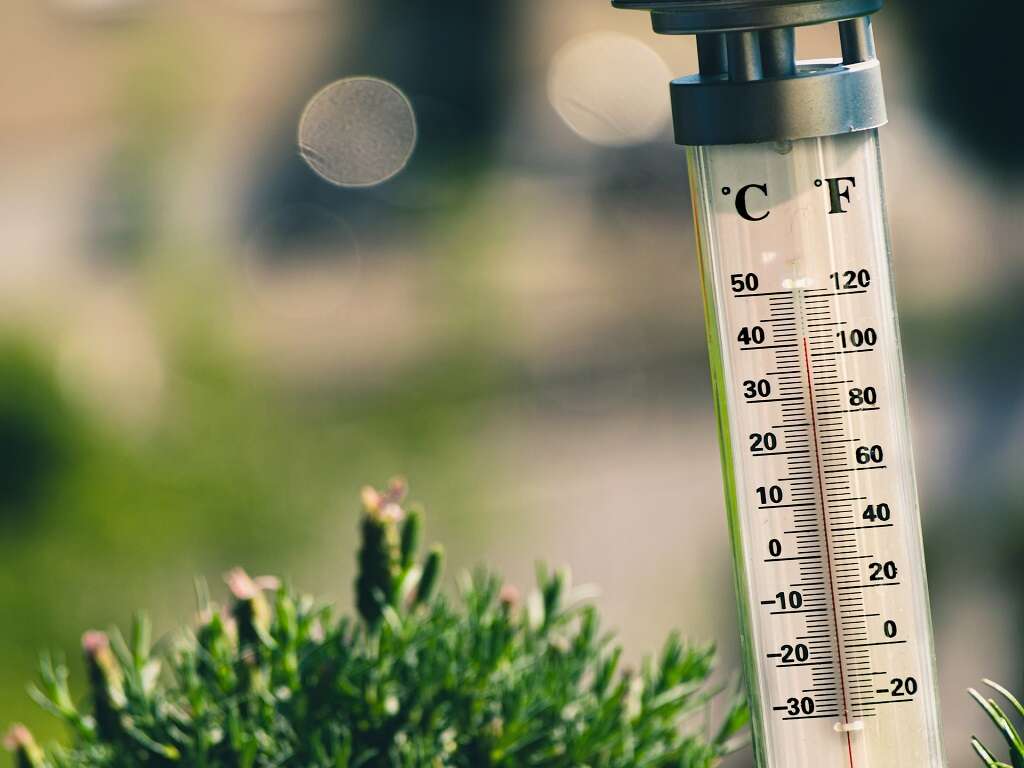
7. Tenderness
The heel spur can irritate your neighboring soft tissue and nerves. Ultimately, this irritation can cause tenderness near the location of the spur or on the bottom of your foot. You may also develop tenderness if you have plantar fasciitis along with a heel spur.
The tenderness may make it painful for you to walk barefooted. You could also notice this sensitivity when you’re in shoes with hard or inflexible soles.

8. No Symptoms at All
Not everyone develops symptoms from a heel spur. You may walk normally and never notice a lump anywhere on your foot. You might not have any tenderness or other symptoms, especially early on.
If you don’t have symptoms, you may not notice you have a heel spur until it enlarges or a practitioner performs imaging on your foot for another purpose. At that point, the practitioner may detect a bony protrusion and recommend ways to prevent it from worsening.

9. Difficulty Walking or Standing for Prolonged Periods
If the heel spur irritates the surrounding tissue or you also have plantar fasciitis, you may have trouble walking or standing for extended periods.4‘How Walking Can Make Plantar Fasciitis Worse.’ RNV Podiatry. 19 June 2019, rnvpodiatry.com/how-walking-makes-plantar-fasciitis-worse/
Sometimes, this occurs as a result of the way you walk. For instance, you could also notice that it’s worse when you walk quickly. It could worsen when you walk or stand on a hard surface. For many people, the heel spur or plantar fasciitis won’t interfere with standing or walking, but the pain will develop after these activities.5‘Bone Spurs (Osteophytes).’ Cleveland Clinic. 16 November 2019, my.clevelandclinic.org/health/diseases/10395-bone-spurs-osteophytes

10. Have Joint Pain
Heel spurs won’t cause joint pain because they don’t directly affect the joints. However, joint pain may come before the heel spur.
If you have arthritis, your likelihood of developing a heel spur is greater than someone who doesn’t have arthritis. This issue occurs when your body tries to repair the joint damage from arthritis, in particular osteoarthritis, by forming new bone cells. The new bone materials may form growths, also known as heel spurs.




